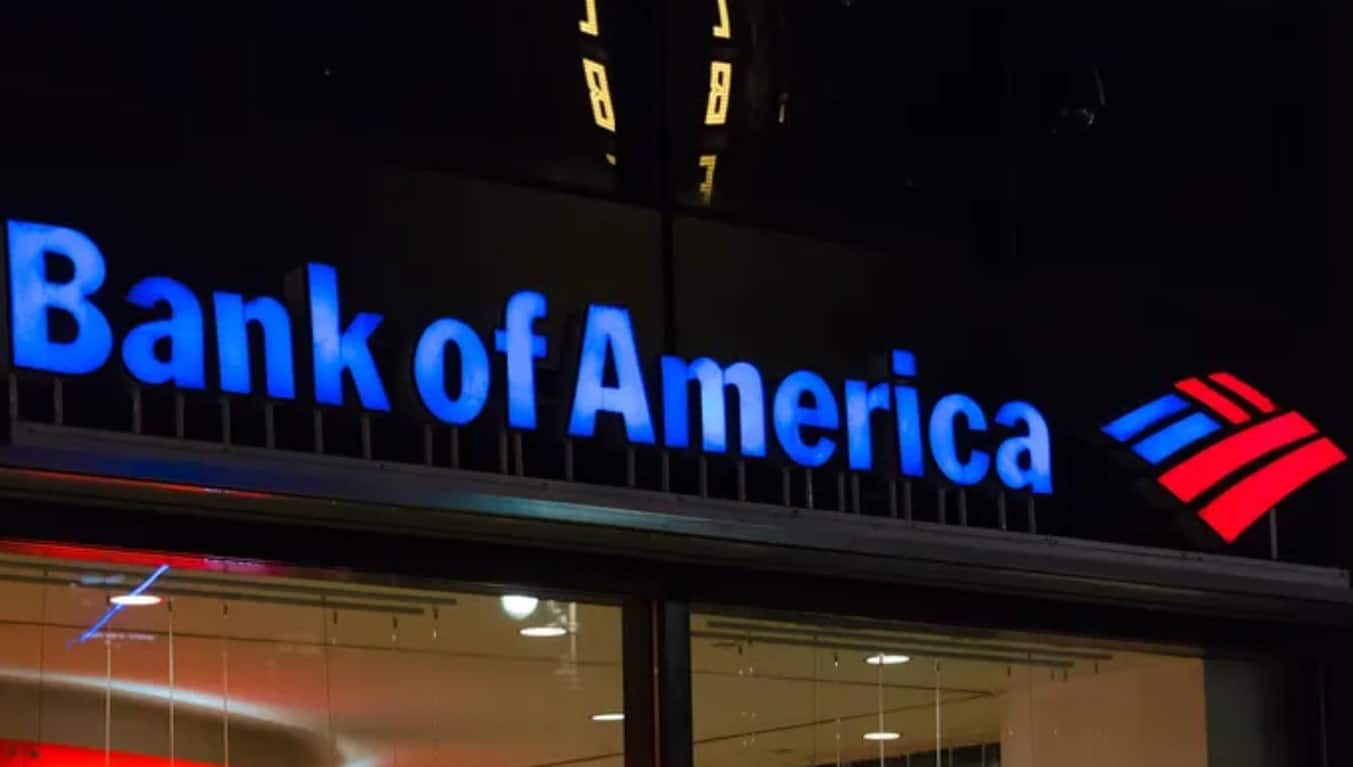The S&P 500 just suffered its worst April performance since 1970, plunging into its second correction of the year — now, many experts are lowering their projection for the index this year.
Bank of America analysts led by Savita Subramanian trimmed their year-end outlook for the S&P 500 by 100 points to 4,500, which would mark more than a 6% drop from the beginning of 2022. In April, the benchmark S&P index dropped about 8.8%. It is down about 13.48% so far this year, indicating that the market has priced in about a one-third chance of a recession, according to the BofA analysts.
“The specter of a recession looms,” Subramanian wrote. “And we thus shift defensive, couple-raising consumer staples from underweight to overweight.”
There are several threats to the outlook, including worsening economic growth in China, the Russian invasion of Ukraine on Feb. 24 and an increasingly hawkish Federal Reserve that’s looking to aggressively tighten monetary policy in order to tame inflation.
“This is all against a backdrop of cyclically peaked S&P 500 EPS facing secular margin pressure (de-globalization), still lofty valuations and a Fed taper still in play,” Subramanian said.
The note comes amid growing fears on Wall Street over an economic recession triggered by the Fed as it looks to combat inflation, which is at the highest level since December 1981. Policymakers raised rates by a quarter-percentage point in March, and have since signaled that sharper, half-point increases are likely in the coming months, beginning in May.
“It is appropriate to be moving a little more quickly,” Fed Chairman Jerome Powell said last month during a panel discussion at the International Monetary Fund and World Bank spring meetings. “I also think there’s something in the idea of front end-loading whatever accommodation one thinks is appropriate. So that points in the direction of 50-basis points being on the table.”
Traders are now pricing in a 100% chance of at least a half-point rate jump when policymakers meet this week. It would mark the first time since 2000 that the U.S. central bank raised the federal funds rate by 50 basis points.
Some economists believe the Fed waited too long to confront the burst in inflation, while others have expressed concerns that moving too quickly to stabilize prices risks triggering an economic recession. Hiking interest rates tends to create higher rates on consumer and business loans, which slows the economy by forcing employers to cut back on spending.
Powell has pushed back against concern that further tightening by the central bank will trigger a recession and has maintained optimism that the Fed can strike a delicate balance between taming inflation without crushing the economy.
Still, he acknowledged the difficulty of the task ahead and said it is “absolutely essential” for central bankers to restore price stability.
“Our goal is to use our tools to get demand and supply back in sync, so inflation moves back into place, without a slowdown that amounts to a recession,” Powell said. “I don’t think you’ll hear anyone at the Fed say that’s straightforward and easy. It’s going to be challenging.”

